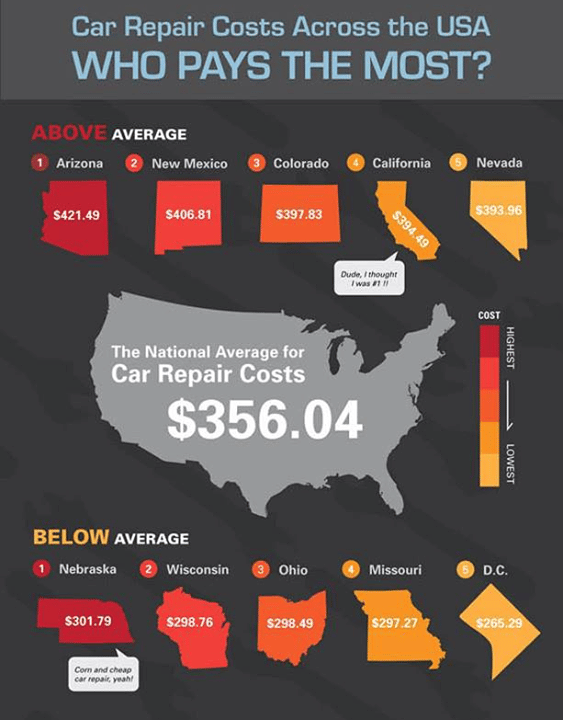Decoding Your Automobile'S Warning Indicators: What They Truly Signify
Decoding Your Automobile'S Warning Indicators: What They Truly Signify
Blog Article
Web Content By-Higgins Dalgaard
When you're behind the wheel, those beautiful warning lights on your dashboard can be a little bit puzzling. Do you recognize what they're trying to tell you concerning your auto's health? Understanding the significance of these lights is vital for your safety and security and the durability of your car. So, the following time one of those lights appears, wouldn't you wish to decipher its message properly and take the necessary steps to resolve it?
Common Warning Lights and Interpretations
Determine common warning lights in your auto and understand their definitions to make certain secure driving.
The most typical warning lights include the check engine light, which signifies concerns with the engine or exhausts system. If this light comes on, it's crucial to have your automobile inspected quickly.
The oil stress warning light indicates reduced oil stress, calling for prompt interest to avoid engine damage.
A flashing battery light could recommend a malfunctioning billing system, possibly leaving you stranded if not addressed.
The tire stress monitoring system (TPMS) light alerts you to reduced tire pressure, influencing lorry stability and fuel performance. Disregarding read this article might result in hazardous driving problems.
The abdominal light suggests an issue with the anti-lock braking system, endangering your capability to quit rapidly in emergency situations.
Finally, the coolant temperature level alerting light warns of engine getting too hot, which can result in serious damages otherwise fixed quickly.
Comprehending these typical warning lights will aid you resolve problems without delay and maintain secure driving problems.
Importance of Prompt Focus
Recognizing the typical caution lights in your vehicle is only the very first step; the value of quickly resolving these cautions can't be stressed sufficient to ensure your safety when driving.
When a warning light illuminates on your dashboard, it's your vehicle's method of communicating a possible problem that requires focus. Overlooking these cautions can cause extra severe issues later on, compromising your safety and potentially costing you a lot more in repairs.
Trigger attention to cautioning lights can avoid breakdowns and crashes. For example, a flashing check engine light might indicate a misfire that, if left unattended, could trigger damage to the catalytic converter. Addressing this without delay can save you from a costly repair work.
In a similar way, a brake system warning light may indicate reduced brake liquid or used brake pads, vital components for your safety and security when driving.
DIY Troubleshooting Tips
If you discover a caution light on your control panel, there are a few DIY repairing pointers you can try prior to looking for professional assistance.
The very first step is to consult your cars and truck's guidebook to understand what the particular warning light shows. Occasionally the problem can be as easy as a loose gas cap activating the check engine light. Tightening up detailcarserviceauckland may deal with the issue.
One more usual issue is a low battery, which can trigger various advising lights. Inspecting the battery links for deterioration and guaranteeing they're protected may repair the trouble.
If a warning light lingers, you can attempt resetting it by separating the car's battery for a few mins and after that reconnecting it. Additionally, inspecting your automobile's liquid degrees, such as oil, coolant, and brake liquid, can aid troubleshoot advising lights associated with these systems.
Verdict
In conclusion, comprehending your automobile's caution lights is important for maintaining your automobile running efficiently and securely. By without check out this site addressing these notifies and knowing what they mean, you can prevent pricey repair services and possible break downs.
Remember to consult your vehicle's manual for specific details on each advising light and do something about it accordingly to make certain a hassle-free driving experience.
Remain informed, stay secure on the road!
